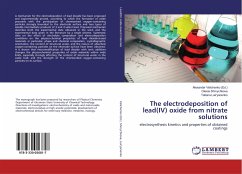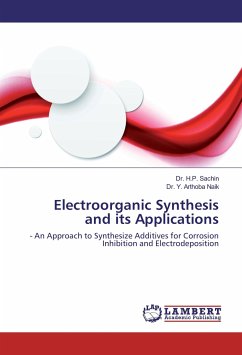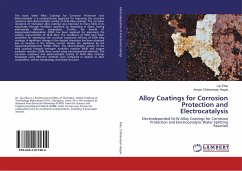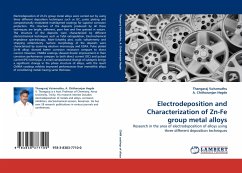A mechanism for the electrodeposition of lead dioxide has been proposed and experimentally proved, according to which the formation of oxide proceeds with the participation of chemisorbed oxygen-containing particles strongly bounded to the electrode surface and two types of soluble intermediate products of 3 and 4 valent lead. Proposed mechanism describes both the experimental data obtained in the work and the experimental data given in the literature by a single scheme. Systematic data on the effect of electrolyte composition and electrodeposition conditions on the physico-chemical properties of lead dioxide-based materials, in particular, phase and chemical composition, crystallographic orientation, the content of structural water, and the nature of adsorbed oxygen-containing particles on the electrode surface have been obtained. It is shown that micromodification of lead dioxide with ionic additives changes the physicochemical properties of oxide materials within wide limits, especially strongly affecting the content of structural water in the oxide bulk and the strength of the chemisorbed oxygen-containing particles on its surface.








